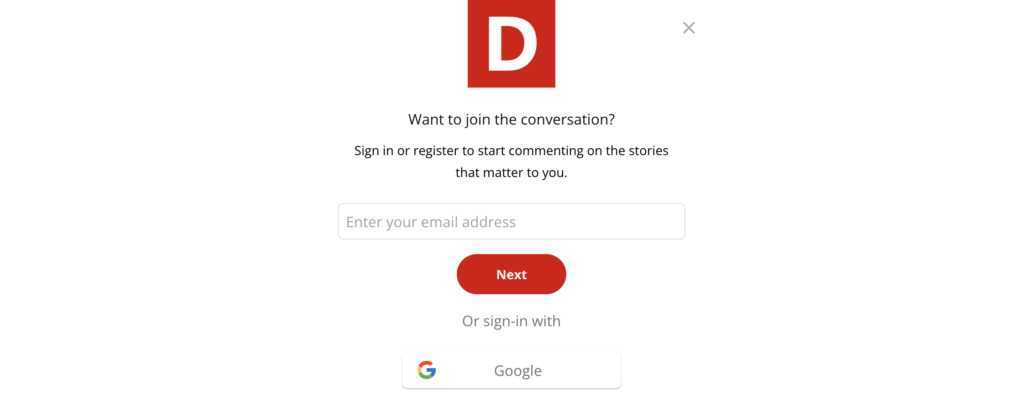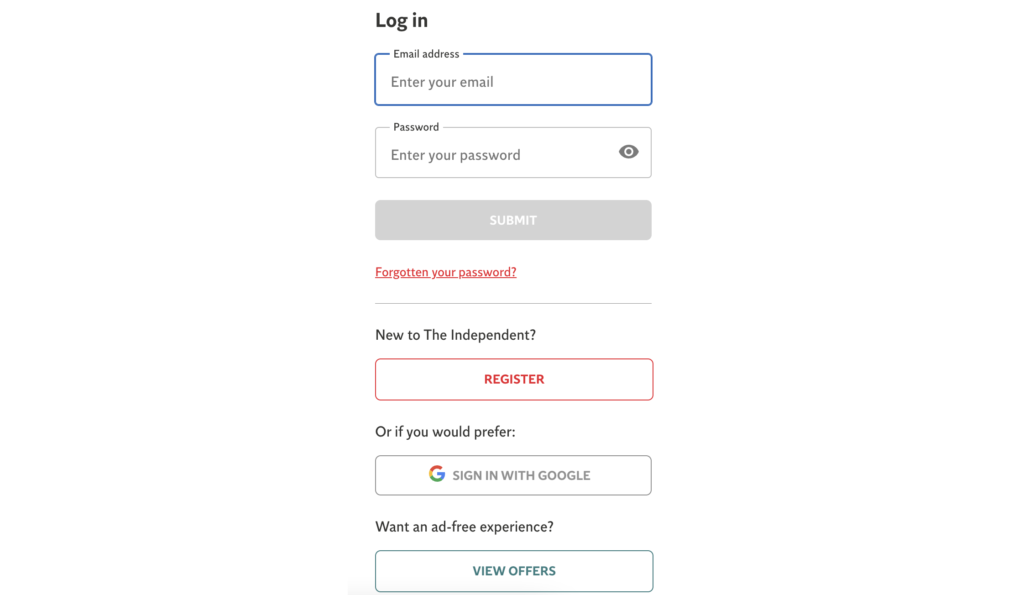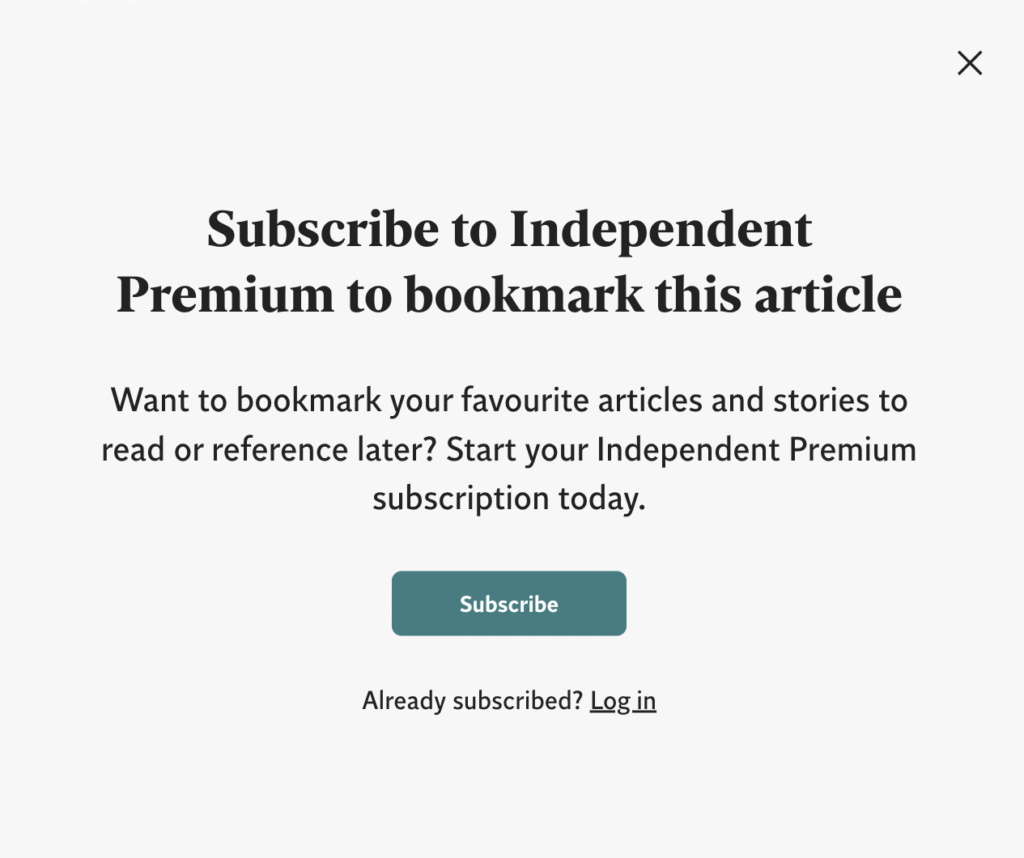In its most simplest form, there are 2 steps to convert audiences into revenue:
- Engagement – unlocking the revenue potential of your audience
- Conversion – activating this potential to gradually increase revenue
The question then turns to exactly how this can be achieved.
For Mark Zohar, President and CEO at Viafoura, one of the most effective strategies involves building a community of increasingly more engaged and loyal users, whilst continuously moving them through a funnel of value exchanges and direct interactions to increase revenue.
Why should publishers build a community?
When audiences aren’t on your site, they’re spending a great deal of time on social media, growing accustomed to certain experiences and features that keep them coming back for more. In particular, these users feel part of a community. They can…
- Interact with content
- Comment
- See other user’s opinions and contributions
- Join events
- Like and share content
- Follow topics and authors that match their interests
These experiences have become user expectations, making traditional digital publisher sites seem passive with very little direct interaction.
As Mark puts it, we’re social beings who want to react and have human experiences – and it’s this that makes community so powerful.
“Publishers need to build a bridge between user expectations and experiences on publisher’s sites.”
Another important reason why publishers should build a community is because content is a commodity – it’s easy to find any content at any time, especially for big news stories.
Community, on the other hand, is not a commodity. It’s an asset. Something that feeds into your brand value, that a user will come back for and that will make you different from other publishers producing similar content.
How engaging your community will drive value
All publishers with a reader revenue strategy aim to register or subscribe their audience. The problem, however, is when they try to go from 0 to 100 – from unengaged to a loyal subscriber.
Mark compares it to dating – you wouldn’t immediately ask someone to marry you (unless maybe if you’re on ‘Married at first sight’!), you’d ask them to dinner first.
Community helps to provide these intermediary steps, building engagement before trying to get value from your audience.
I.e. Community-led conversion.
For Reach PLC, this involves a 4-step model: Discover, Engage, Connect & Commit.

The key here, according to Mark, is to ungate the community but lock the content, reserving it for registered members or subscribers only. Readers will see the comments and feedback, building enough intrigue and interest to make them want to unlock the article.
Their ‘In Your Area’ postcode services & community, for instance, have led to 3 million registered users and a 35% increase in page-views per visitor since 2019.

On Reach’s “Devon Live” brand, commenting is reserved for registered users only, with messaging framing the action as a conversation that a reader can either be excluded or included in (“join”).

I’d add here that it’s also essential to highlight that registration is free. Although it benefits both you and the reader, it won’t cost them a penny and can be a brilliant way to monetize the large portion of your audience who may never pay to subscribe.
The Independent is another publisher who has made the most of community to register users, increasing engagement and collecting first-party data. To achieve this, they’ve put the focus on their audience, understanding and engaging with them in various forms across the site:
- Q&A sessions with online experts covering a range of topics
- Connecting journalists with their readers
- Personalization features, such as the ability to follow topics, comment on articles and automated personalization based on data
Many of these community experiences are reserved for registered members who have proven to be 11x more engaged than anonymous users.

And the funnel doesn’t stop there. Even after creating an account, registered users may still be blocked when trying to access premium features, such as bookmarking content, which are reserved for paying subscribers.

These conversion steps gradually move users through a funnel, collecting first-party data, increasing engagement and, importantly, revenue.

Best practices for building & gaining value from community
1) Reward your best contributors for their loyalty and participation
Retention should therefore be a priority, and rewarding highly engaged community members can play a valuable role in ensuring these users keep coming back.
- Exclusive access for highly engaged users
- Social proof – provide them with a subscriber badge or ‘super engaged user’ tag by their name (think of Twitter’s blue tick system)
- Referral bonus/reward for inviting a new user to join the community
- Feature their comments somewhere publicly, giving them a sense of fame
- Reply to these users, establishing a more direct relationship with your publication
2) Highlight the best of your community
The benefits of this are two fold:
Firstly, you forefront the best comments to entice non-members to unlock content and comment so as to not miss out on this conversation. Any comments that add insight but also open up the discussion are particularly valuable here.
Secondly, you give the writers of these featured comments a sense of fame and inclusion as they’re placed directly below the article, encouraging them to comment more frequently.
3) Think bigger than just comments
As Mark put it, you can’t just slap on a comment section and hope for the best. You have to develop a whole community experience from the moment a user lands on your site and do so through a variety of formats.
Some of the most successful community-building techniques involve direct interaction between the newsroom and your audience. This could be as simple as journalists leaving an open ended question to users once a week, but it’s a small investment that your newsroom has to make to develop a strong, loyal community that brings business value.
4) Once you’ve collected data, put it to use
Identifying interests, propensities, etc is great, but this needs to circle back to improve the experience offered to users. Even personalizing a user’s home screen or content recommendations can have a big impact on engagement and revenue.
5) Moderation is crucial
Investing in a solution, whether AI or human, is the only way to ensure that your community is moderated enough to keep control whilst also allowing for free reign.
Mark recommends creating community guidelines and finding a solution that allows you to ban someone entirely, ghost ban someone (the user doesn’t know they’re banned – they can still comment, but no one else will see it) or even give some community members moderation status, gaining value from these users and increasing their loyalty as they feel more involved in the community.
Thank you to Mark Zohar, President and CEO at Viafoura, for speaking to me about this topic!
This article was originally published by The Audiencers. The Audiencers is a B2B publication by Poool, The Membership and Subscription Suite, a simple, all-in-one platform for digital content producers to convert, manage and retain their members and subscribers. Find out more on poool.tech or book a free demo with their team.




